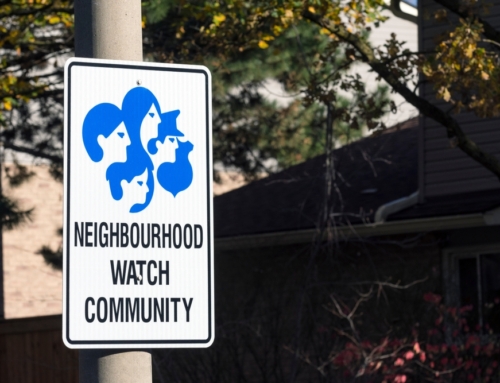Survival training is crucial for businesses, schools, and public spaces because of the unfortunate reality of active shooter incidents. This training equips individuals with the knowledge and skills needed to respond effectively during such emergencies, potentially saving lives. Active shooter survival training helps people understand how to act quickly, make informed decisions, and stay safe in high-stress situations.
Understanding the Threat
Active shooter situations are unpredictable and evolve quickly. Survival training helps people learn how to spot signs of violence and react in the right way. Training programs help people learn how to spot warning signs that could signal a potential threat, like strange behavior or threats. By understanding these indicators, individuals can be more vigilant and proactive in preventing an incident.
What is The ALIVE Program?
One of the most comprehensive training programs available is the ALIVE (Assess, Leave, Impede, Violence, Expose) program. This program provides a clear, actionable plan for individuals to follow during an active shooter situation. The steps help people assess their surroundings, decide the best course of action, and increase their chances of survival.
- Assess: Stay calm and evaluate the situation. Determine the location of the shooter, possible exits, and potential hiding spots.
- Leave: If it is safe to do so, leave the area immediately. Do not wait for others to agree or gather your belongings; getting to safety is the priority.
- Impede: If you cannot leave, find a secure place to hide. Lock doors, barricade entry points, and remain silent. Use heavy furniture or other objects to block the shooter’s access.
- Violence: As a last resort, if your life is in imminent danger, be prepared to defend yourself. Use any available objects as weapons and aim to deal with the shooter.
- Expose: When law enforcement arrives, keep your hands visible and follow their instructions carefully. Make sure they can see you are not a threat.
Building Awareness and Preparedness
Active shooter survival training teaches people how to respond during an active shooter situation. It also helps them develop a mindset of being aware and prepared. Being aware and ready is important for staying safe in dangerous situations.
This training is not just about the moment of crisis, but also about being proactive in preventing and responding to threats. Participants learn to develop situational awareness, recognizing potential threats before they escalate. This heightened awareness can be the key to preventing an incident altogether.
Training sessions often include practical drills that simulate real-life scenarios. These exercises help participants practice their responses in a controlled environment, making it easier to react effectively in a real emergency. Regular training and drills ensure that the information stays fresh in participants’ minds, and everyone remains prepared.
Creating a Culture of Safety
Implementing active shooter survival training is a crucial step in creating a culture of safety within an organization. It sends a clear message that the safety and well-being of employees, students, and visitors are top priorities. Regular communication about safety procedures and ongoing training sessions reinforce this commitment.
A well-prepared organization fosters a sense of security and confidence among its members. Knowing that there are clear, practiced protocols in place can reduce panic and chaos during an actual event, allowing for a more organized and effective response.
Collaboration with Law Enforcement
Effective active shooter survival training also involves collaboration with local law enforcement. Joint training exercises can help ensure a coordinated response during an emergency. Law enforcement agencies can provide valuable insights into the best practices for dealing with active shooter situations and can assist in refining an organization’s emergency response plan.
Continuous Improvement
Active shooter survival training is not a one-time event. It requires continuous improvement and adaptation to evolving threats. Regularly reviewing and updating emergency response plans based on feedback from drills and real incidents is essential. Encouraging open communication and feedback from participants can help identify areas for improvement and ensure that the training remains relevant and effective.
Active shooter survival training is a critical component of modern safety protocols. It helps people learn how to react quickly and effectively in dangerous situations, possibly saving lives. Organizations can keep their members safe by promoting awareness, preparedness, and a culture of safety. It’s important to be ready for emergencies.






